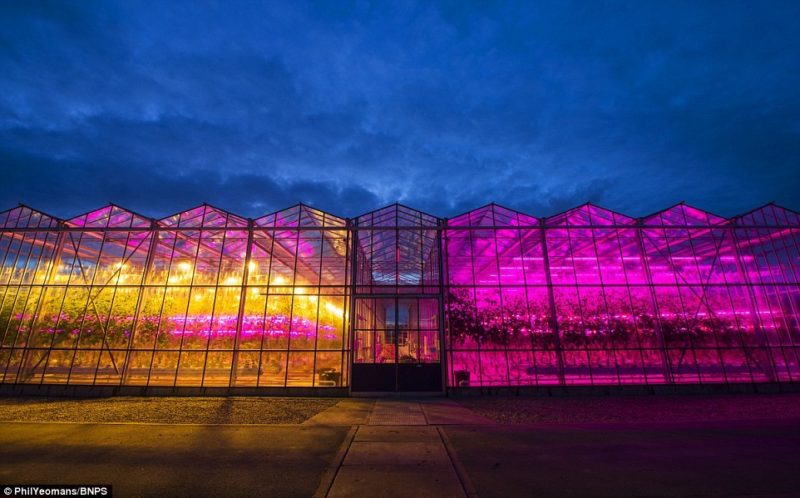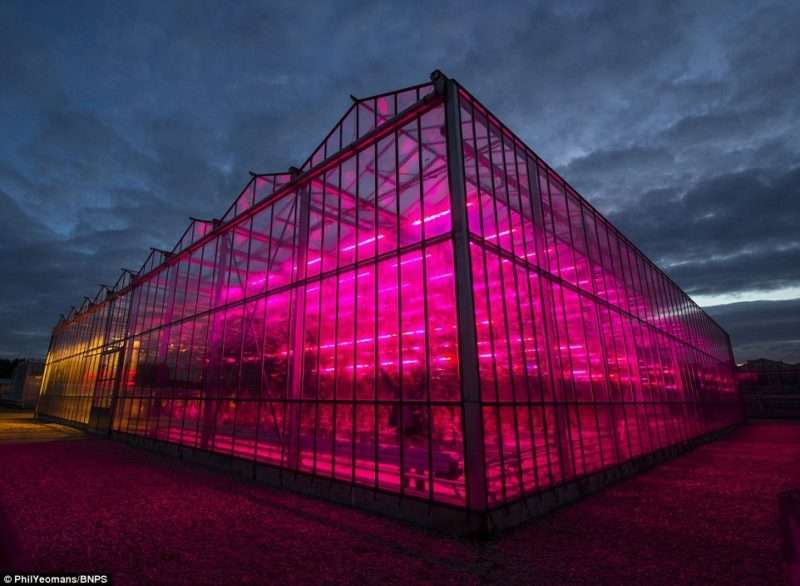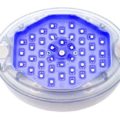Biologists at the Stockbridge Technology Centre (STC) conducted an experiment on how plants responded to certain wavelengths of LED light. They found that plants developed well under certain mixtures of blue and red lights.

They conducted this research in a facility that looks like a giant greenhouse near Selby, North Yorkshire and is the only one of its kind in the UK. The facility’s lights ere provided by Philips.
Only half of the food eaten in the UK is grown here and this new breakthrough could change that. This would be beneficial for the UK’s horticultural industry as well as increasing the shelf life of products. The production rate would be very high as LED light bulbs don’t produce much heat meaning the shelves can be stacked on top of each other.
Project Leader and Science Director of the STC, Dr Martin McPherson, said:
Rather than having relatively short seasons for growing crops you could grow them all year round, and there’s not much you can’t grow once you’ve set up a facility with these LED lights. And because the crops can be grown closer to shops the shelf life is automatically improved. There is a huge amount of interest from growers because the technology is potentially a game changer.
About four years ago I was out in Holland at a science exhibition when I saw that a couple of the big electronics companies were starting to market LED lighting for horticulture. It occurred to me at the time that this could be the key to kickstarting urban farming in the UK. We held talks with Philips, one they led to another and we created a 1,000 square metre ‘city farm’ in a warehouse at the STC. We began growing crops by cutting out natural sunlight and instead used energy from the sun through solar technology including coloured lights. Plants don’t need the full spectrum of light they get from the sun so by using coloured lighting you can cut out the component parts you need and use them more efficiently.
We can keep plants compact so no chemicals are needed, we can change the colour of plants and vegetables we can even change the taste. With lettuce for example, there is a strong market for red lettuce but during the winter months in the UK there is not enough blue light in sunlight for the plants to develop red leaves. We can achieve those results in a warehouse fast by flicking a switch. Potentially we can even change the nutrition of fruit and vegetables to improve them.





I have a small shed with poor growing light can I purchase a bulb that will be ok to have on to bring the plants on Thanks Malcolm Taylor 3 Stanage Road,Sileby,Loughborough, Leics LE12 7QJ 01509816210